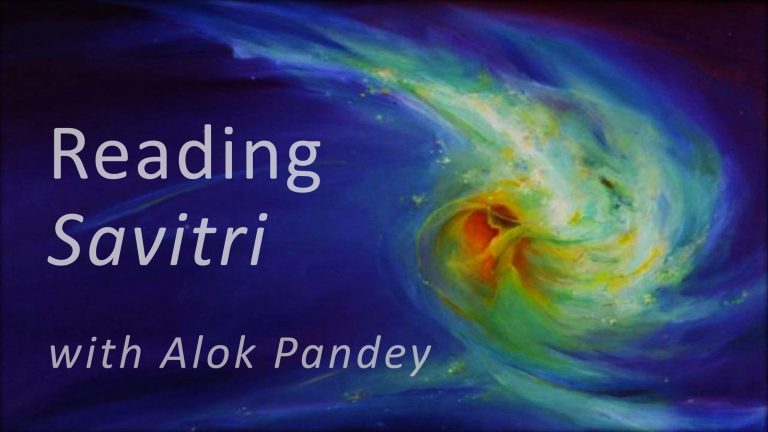This talk follows a visit to Odisha and is a reflection of the experience there. It touches upon the religious approach to the spiritual and supramental life. The Mother clearly cautioned against forming any new religion or perpetuating the old. We also often see devotees bowing down at the Samadhi or decorating the Mother’s pictures with flowers, burning incense etc. Seeing this some with a more intellectual bent of mind assume that this means the formation of a religion. The confusion arises because some ignorantly believe that any kind of bhakti, any movement of the heart expressing itself through outer forms constitutes a religion. One needs to differentiate between Religion in its essence, religious rituals and religiosity. In this talk we share some letters of Sri Aurobindo and words of the Mother as to what really constitutes religion and old forms or religious practices. Of course there are many sides to this subject and what is presented here is a section, more like an essence of the issue rather than all the details involved.
Words of Sri Aurobindo
There is no restriction in this Yoga to inward worship and meditation only. As it is a Yoga for the whole being, not for the inner being only, no such restriction could be intended. Old forms of the different religions may fall away, but absence of all forms is not the rule of the sadhana.
* * *
I was thinking [in writing “Old forms . . . may fall away”] not of Pranam etc. which have a living value, but of old forms which persist although they have no longer any value e.g. Sraddha for the dead. Also here forms which have no relation to this Yoga —for instance Christians who cling to the Christian forms or Mahomedans to the Namaz or Hindus to the Sandhyavandana in the old way may soon find them either falling off or else an obstacle to the free development of their sadhana.
* * *
What is meant by bahyapuja? If it is purely external, then of course it is the lowest form; but if done with the true consciousness inside, it can bring the greatest completeness of the adoration by allowing the body and the most external consciousness to share in the spirit and act of worship.
* * *
What you say is no doubt true, but it is better not to take away the support that may still be there for the faith of those who need such supports. These visions and images and ceremonies are meant for that. It is a spiritual principle not to take away any faith or support of faith unless the persons who have it are able to replace it by something larger and more complete.
If the pranapratistha brings down a powerful Presence [into an image], that may remain there long after the one who has brought it has left his body. Usually it is maintained by the bhakti of the officiant and the sincerity of belief and worship of those who come to the temple for adoration. If these fail there is likely to be a withdrawal of the Presence.
* * *
The highest spirituality indeed moves in a free and wide air far above that lower stage of seeking which is governed by religious form and dogma; it does not easily bear their limitations and, even when it admits, it transcends them; it lives in an experience which to the formal religious mind is unintelligible. But man does not arrive immediately at that highest inner elevation and, if it were demanded from him at once, he would never arrive there. At first he needs lower supports and stages of ascent; he asks for some scaffolding of dogma, worship, image, sign, form, symbol, some indulgence and permission of mixed half-natural motive on which he can stand while he builds up in him the temple of the spirit. Only when the temple is completed, can the supports be removed, the scaffolding disappear. The religious culture which now goes by the name of Hinduism not only fulfilled this purpose, but, unlike certain credal religions, it knew its purpose. It gave itself no name, because it set itself no sectarian limits; it claimed no universal adhesion, asserted no sole infallible dogma, set up no single narrow path or gate of salvation; it was less a creed or cult than a continuously enlarging tradition of the Godward endeavour of the human spirit. An immense many-sided many staged provision for a spiritual self-building and self-finding, it had some right to speak of itself by the only name it knew, the eternal religion, sanatana dharma.




